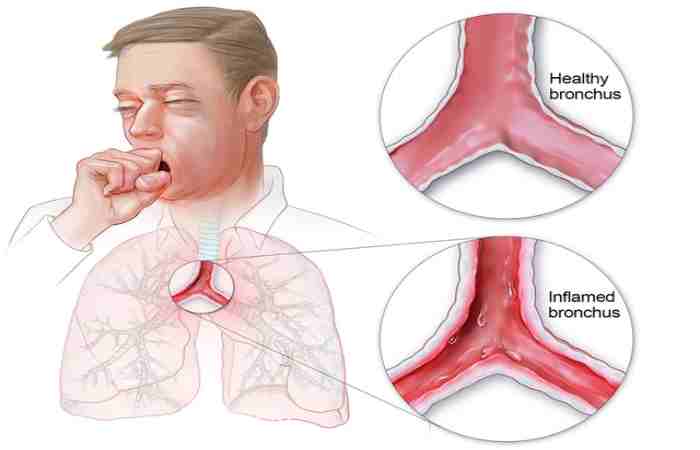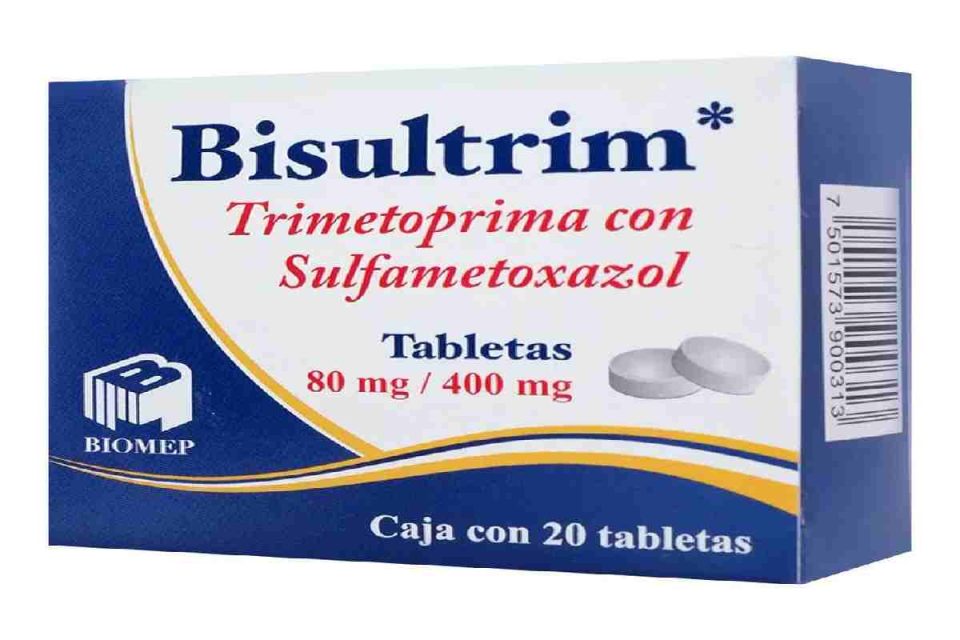trimetoprima sulfametoxazol para que sirve Tablet forms of trimethoprim and sulfamethoxazole are used to treat bacterial infections. This particular kind of antibiotic. As prescribed, you can take this medication orally along with a glass of water.
Table of Contents
What Is This Medicine? Trimetoprima Sulfametoxazol Para Que Sirve?
Bacterial infections are treated with SULFAMETHOXAZOLE; TRIMETHOPRIM (suhl fuh meth OK suh zohl; trye METH oh prim). It is a member of the class of drugs known as sulfonamide antibiotics. It is not effective in pick up the check viral infections, the flu, or colds.
If you have any queries, speak with your chemist or healthcare practitioner about the possible uses of this medication.
Common brand names include Septra, Septra DS, Bactrim, Bactrim DS, and Bacter-Aid DS.
Appropriate Utilisation
Take this medication precisely as prescribed by your physician. Take it as prescribed by your doctor; do not take it more frequently, in larger doses, or for longer than necessary. The likelihood of adverse effects could rise if you do this.
It is recommended to take the combination of trimethoprim and sulfamethoxazole with a full glass (8 ounces) of water. Several more glasses of water should be had each day, unless your physician instructs you otherwise. Increasing your water intake can help avoid some undesirable consequences, such as crystals in your urine.
Use a measuring spoon with a designated marking or another tool to precisely measure each dose for patients taking the oral liquid. The correct amount of liquid may not be held by the typical home teaspoon.
What Should I Tell My Care Team Before I Take This Medication?
They need to know if you have any of these conditions:
G6PD deficiency
HIV or AIDS
Kidney disease
Liver disease
Low platelets
Low red blood cell counts
Poor nutrition
Stomach or intestine problems like colitis
An rare or allergic reaction to sulfamethoxazole, trimethoprim, sulfa medications, other medications, foods, dyes, or preservatives
Pregnant or trying to get pregnant
Breast-feeding
How Am I Supposed To Take This Medicine?
When taking this medication, drink a glass of water. Observe the guidelines provided on the prescription label. Take your prescription drug on a regular basis. Never take it more frequently than prescribed. Even if you feel better, make sure to take all of your medication as prescribed. Never miss a dose or quit taking your prescription early.
Discuss the usage of this drug in children with your care team. Precautions do apply even though this drug may be administered for some diseases in children as young as two months.
Overdosage: Contact an emergency department or poison control centre right once if you believe you may have taken too much of this medication.
Applications:
This drug combines trimethoprim and sulfamethoxazole, two antibiotics. Numerous bacterial infections, including those of the middle ear, urinary, respiratory system, and intestines, are treated with it. It is also used to treat and prevent a specific kind of pneumonia known as pneumocystis-type pneumonia.Due to the option of severe side effects, children younger than two months old should not use this drug.Only specific kinds of infections are treated by this medicine. It is not effective against viral illnesses (like the flu). The efficacy of any antibiotic may be diminished by misuse or needless use.
Dosage
Each patient will require a dissimilar dosage of this medication. Observe the label’s instructions or the advice of your physician. Only the average dosages for this medication are listed below. If your dosage is different, don’t adjust it unless your physician instructs you to.
The strength of the medication determines how much of it you take. The medical condition for which you are taking the medication also affects how many dosages you take daily, how long you can wait between doses, and how long you take the medicine for.
Regarding oral dose forms (tablets or liquid):
In order to treat bacterial infections:
Adults: 4 teaspoonfuls or 20 millilitres (mL) of oral runny every 12 hours for 10 to 14 days; 1 tablet (DS tablet) comprehending; 2 pills containing 400 mg of sulfamethoxazole and 80 mg of trimethoprim. If necessary, your doctor might change this dosage.
Children 2 months of age and up: Your doctor must set the dosage, which is dependent on body weight. The recommended dosage is 40 mg of sulfamethoxazole per kilogramme of body weight and 8 mg of trimethoprim per kilogramme of body weight, administered in two separate doses every 12 hours for a duration of 10 days.
Treatment For Bronchitis

Adults: Take one (DS) tablet (800 mg sulfamethoxazole and 160 mg trimethoprim; take two tablets (400 mg sulfamethoxazole and 80 mg trimethoprim); or take four teaspoonfuls (20 mL) of oral fluids every twelve hours for fourteen days) to cure bronchitis.
Children older than two months: Your doctor must establish the appropriate use and dosage.
Use is not advised for children under the age of two months.
What Occurs If A Dose Is Missed?
When the time for your next dose is almost here, skip the missed one and use the medication as soon as possible. Never take two doses at once.
Should I Take Too Much Of A Dose?
Get emergency medical assistance or dial 1-800-222-1222 to report poisoning.
Loss of appetite, vomiting, fever, blood in the urine, yellowing of the skin or eyes, disorientation, or unconsciousness are some of the symptoms of an overdose.
When Using Trimethoprim And Sulfamethoxazole Together, What Should I Avoid?
Avoid eating or drinking anything that includes propylene glycol (an component found in many processed foods, soft beverages, and medications) if you are using the injection version of sulfamethoxazole and trimethoprim. There could be harmful consequences.
Sunburn may be more likely to occur if you use trimethoprim and sulfamethoxazole. Stay out of the sun and flagellation beds. When you’re outside, put on protective gear and apply sunblock with an SPF of 30 or higher.
Side Effects
Although all side effects may not occur if seen any would need immediate medical attention
More common Trimetoprima Sulfametoxazol Para Que Sirve
- Black, tarry stools
- blistering, peeling, or loosening of the skin
- changes in skin color
- chest pain or tightness
- chills
- clay-colored stools
- cough or hoarseness
- dark urine
- diarrhea
- dizziness
- fever
- general feeling of tiredness or weakness
- headache
- itching, skin rash
- joint or muscle pain
- light-colored stools
- loss of appetite
- lower back or side pain
- painful or difficult urination
- pale skin
- red skin lesions, often with a purple center
- stomach pain
- swollen or painful glands
- trouble breathing
- unpleasant breath odor
- unusual bleeding or bruising
- vomiting of blood
- yellow eyes or skin

